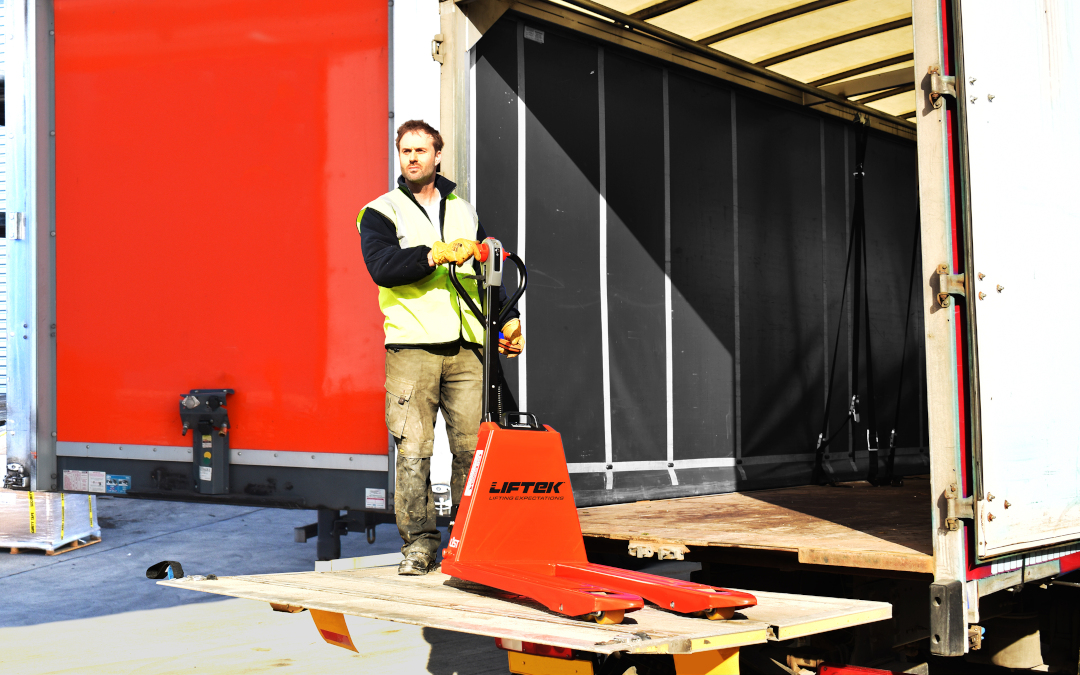Guidance Summary:
Tail lift and palletised goods delivery is obviously an activity which carries a significant risk of harm to those carrying it out and potentially third parties if the company fails to have regard to the risks involved and the health and safety of those involved in the activity. As such the RHA Tail Lift and Pallet Truck Guidance is designed to assist in identifying what needs to be done to mitigate those risks and so far, as reasonably practicable prevent accidents occurring whilst this activity is taking place.
At the very least a compliant business should have documents and equipment which addresses these issues and the list below should identify some of the key areas to look at:
- Consider eliminating the risk of musculoskeletal injury by using equipment, for example, electrically powered pallet trucks.
- Carry out suitable risk assessments of all (hazardous) pallet handling operations undertaken with an unpowered pallet truck, the tail lift condition and pallet truck usage; also, risk assess other equipment like tail lifts to establish the risks involved in these activities such as weight size and scale of the pallets.
- Safe systems of work must be established, enforced and reviewed.
- Ensure that all staff are given appropriate training, instructions, and support so that they are empowered and competent to assess the conditions at the point of collection and delivery. They should also know how to carry out a dynamic risk assessment in unusual or unforeseen circumstances and be confident that they can stop the delivery if they believe it to be unsafe, and will be supported to do so. Operatives should be monitored to ensure they are following the protocols and where they are found not to be, appropriate action should be taken.
- All equipment used must be well maintained/serviced, and regularly inspected to ensure it remains in a fit and serviceable condition; this should be documented. Staff should be encouraged to report any defective or damaged equipment in a timely manner. Employers have responsibilities under PUWER to ensure that work equipment is appropriate for use, inspected, and maintained.

